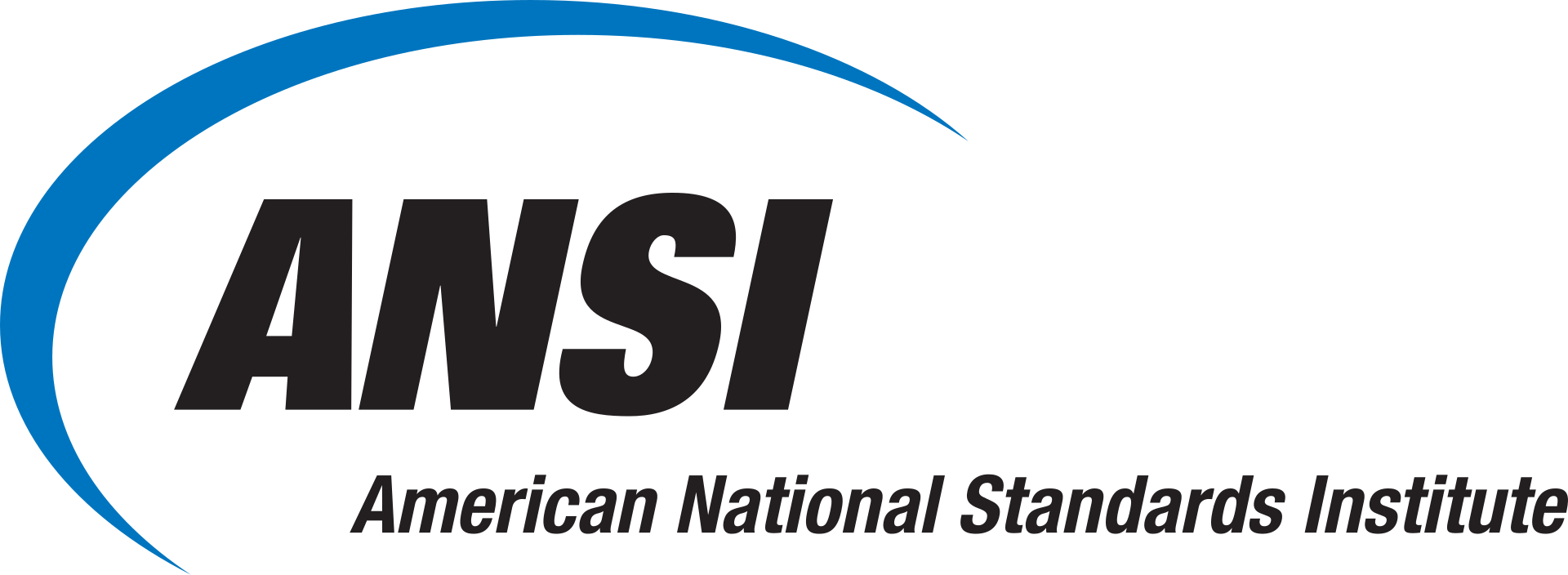INCITS 542-2022: Automation and Drive Interface

Securing reliable data transfer is critical to the success of many industries. It improves the performance and productivity of various systems and processes by reducing delays, errors, and costs. Additionally, efficient data transfer enhances the performance and productivity of various users and stakeholders by increasing speed, accuracy, reliability, and security. INCITS 542-2022: Information Technology – Automation/Drive Interface – Transport Protocol – 3 (ADT-3) defines the transport attributes of an input/output Automation/Drive Interface (ADI) for interconnecting a conforming media changer device to a conforming data transport device.
What Are Data Transfer Devices?
Data transfer devices are high security devices used to distribute and load crypto material, allowing devices and systems to share information. They are designed to securely store, transport, and electronically transfer data with ease. This process of data transfer involves moving digital information from one location to another, such as between devices or systems, or from one data storage device to another. Data transfer can occur via various mediums, such as:
- Internet—using standard internet protocols like Transmission Control Protocol/Internet Protocol (TCP/IP) to transmit data packets between devices or networks (e.g., email attachments, cloud storage services, peer-to-peer file sharing, and direct data transfers between client and server applications)
- Network-less environments/modes—Copying data to an external device and then copying from that device to another
- Cables—Using copper wires or optical fibers
- Wireless networks—Using radio spectrum for wireless communication
What Is INCITS 542?
INCITS 542-2022 defines the protocol requirements of the Automation/Drive Interface – Transport Protocol to allow conforming ADI Small Computer Systems Interface (SCSI) devices to inter-operate. The objectives of ADT-3 are:
- To provide a low-cost interconnect method between an automation device and the data transfer devices that reside within the media changer (see SMC-3). To standardize this interface such that different disk drives, tape drives, optical media drives, and other SCSI devices may be added to conforming media changers without requiring modifications to generic system hardware.
- To provide for the addition of special features and functions through the use of vendor-specific options, reserved areas are provided for future standardization.
Benefits of Data Transfer in Businesses
In today’s digital age, data has become an invaluable asset for businesses across various industries. Specifically, data transfer is crucial for many business applications and services that rely on the exchange of information (e.g., web browsing, online gaming, streaming, and file sharing) because it enables businesses to efficiently share information across departments, branches, and between various stakeholders or even different companies. Data transfer also enables people to communicate with each other through various social platforms like email, chat, voice, video, and social media; it allows collaboration on projects and tasks by sharing files, documents, images, and other types of data.
Data transfer facilitates the exchange of ideas, feedback, opinions, and knowledge among individuals and groups. Simply put, mastering streamlining data transfer in business in essential because it optimizes the use of resources and time by enabling automation, synchronization, and integration.
INCITS 542-2022: Information Technology – Automation/Drive Interface – Transport Protocol – 3 (ADT-3) is available on the ANSI Webstore.






